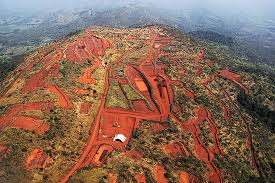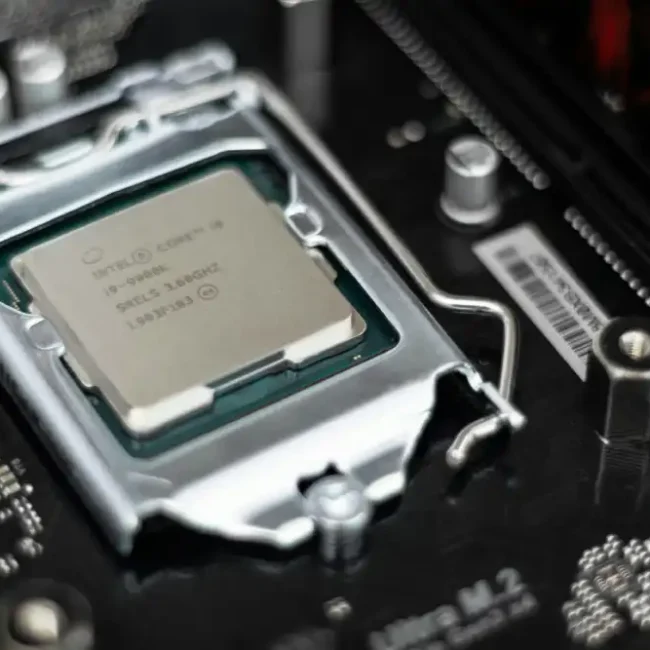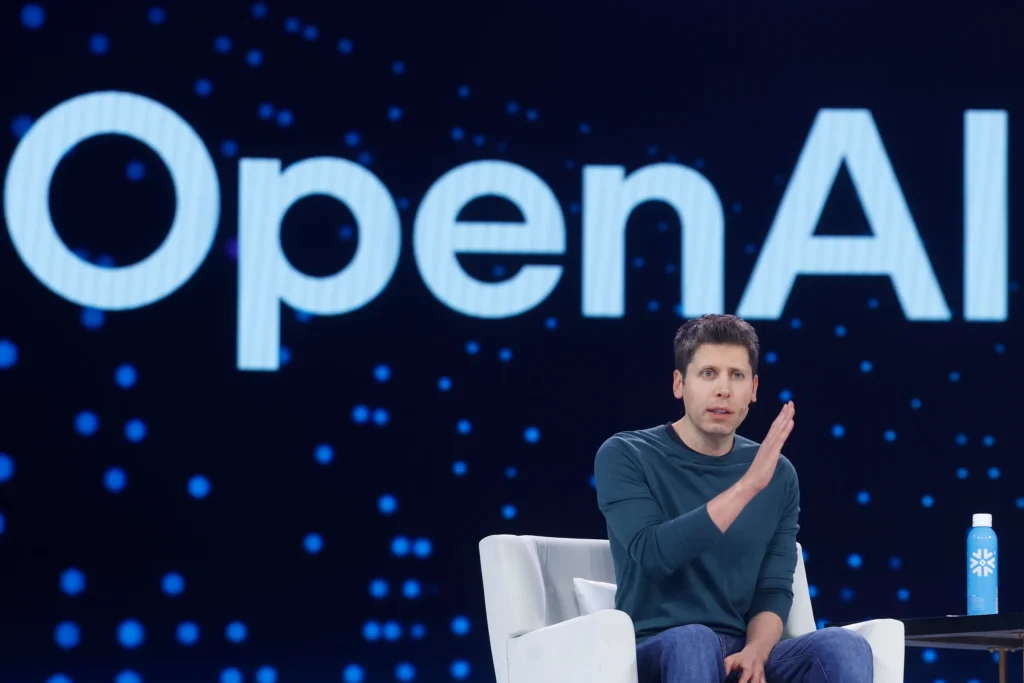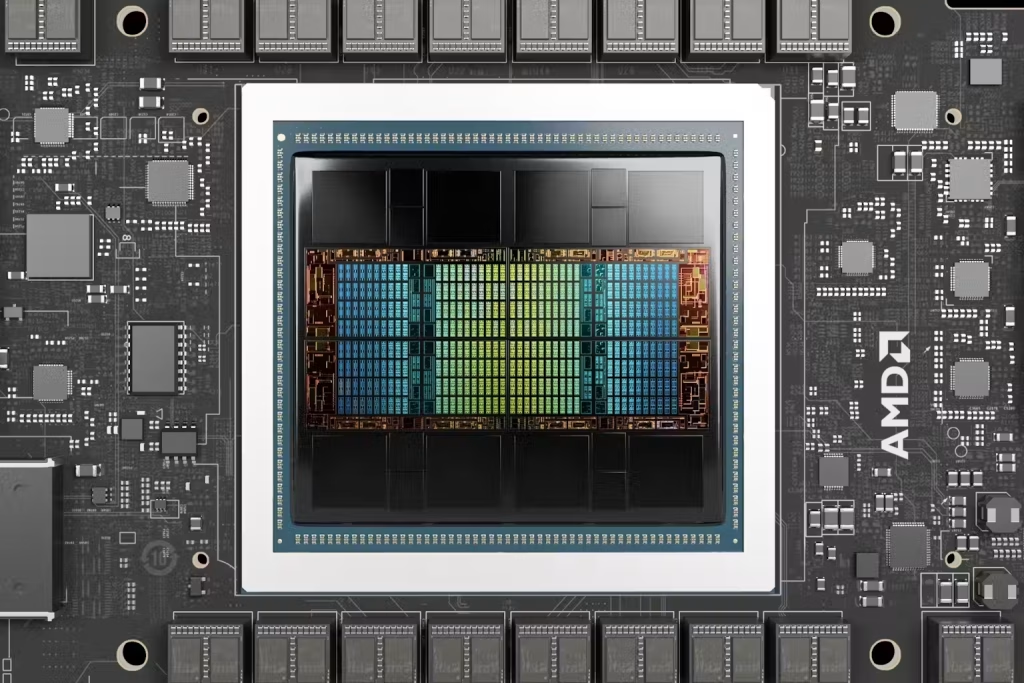A World-Class Resource
Simandou, in southeastern Guinea, is often described as the crown jewel of untapped iron ore deposits. It holds more than 2 billion tonnes of ultra-high-grade ore, with iron content around 65% Fe. In a global market increasingly focused on steel decarbonization, that purity makes Simandou’s ore especially valuable, since it allows steelmakers to lower emissions and energy costs in blast furnaces and electric arc furnaces.
Rio Tinto, through its SimFer joint venture, is developing the site alongside Chinese state-backed partners and the Guinean government. The multibillion-dollar investment also requires 600 km of new rail and a deep-water export port. Estimates put the combined infrastructure and mining outlay north of $11 billion.
The New Refinery Requirement
Guinea’s government has signaled it does not want Simandou to be “just another raw export project.” Leaders are pushing Rio and its partners to build local processing facilities, which could include pellet plants, smelters, or refineries. Their goal is to capture more value domestically, create higher-skilled jobs, and reduce reliance on foreign refiners.
While this aligns with Guinea’s long-term industrialization goals, it complicates Rio Tinto’s calculus:
- Higher Capex Burden: Building refining capacity could add billions to the existing infrastructure bill.
- Execution Risk: Processing facilities in emerging markets face hurdles in power supply, permitting, and workforce development.
- Timeline Impact: Additional requirements could slow first production, delaying revenue and cash flow.
Strategic Implications for Rio Tinto
- Balance Sheet Pressure
Rio has a strong balance sheet, but Simandou already competes for capital with copper, lithium, and aluminum projects tied to the energy transition. Additional refinery obligations could crowd out investments elsewhere, impacting growth in diversification commodities. - Partnership Dynamics
With Chinese SOEs as key partners, Rio must balance Western governance expectations with Beijing’s strategic ambitions. Chinese firms may welcome downstream investment since it deepens their control of the supply chain, but Rio has to weigh shareholder returns against geopolitical complexity. - Market Advantage vs. Risk
If successful, Simandou could supply up to 5% of the world’s seaborne iron ore market, challenging Australian and Brazilian incumbents. Yet the risks—political, operational, and financial—remain far higher than Pilbara or Carajás projects.
Investor Takeaways
- Valuation Impact: Analysts will need to re-run project economics, stress-testing scenarios that add $2–5 billion of downstream capex. This could dilute the project’s net present value and push out return timelines.
- Geopolitical Risk Premium: Expect Simandou exposure to carry a higher risk discount versus Rio’s Australian iron ore assets. Political intervention, military government decision-making, and infrastructure demands add layers of uncertainty.
- Portfolio Diversification: For investors, Rio’s heavy iron ore weighting is both strength and vulnerability. Exposure to transition metals like copper and lithium within Rio’s pipeline may act as a hedge against potential overruns in Guinea.
- Peers & Alternatives: BHP and Vale remain iron ore heavyweights with lower political risk profiles. Investors seeking pure Guinea leverage might track smaller players involved in Simandou’s southern blocks, though these come with even higher volatility.
Bottom Line
Simandou remains a once-in-a-generation iron ore resource. But Guinea’s refinery mandate underscores the growing trend of host nations demanding more than royalties—they want industrial development. For Rio Tinto investors, this is a double-edged sword: securing long-life, high-grade ore in a decarbonizing world, while facing escalating capital intensity and geopolitical uncertainty.





